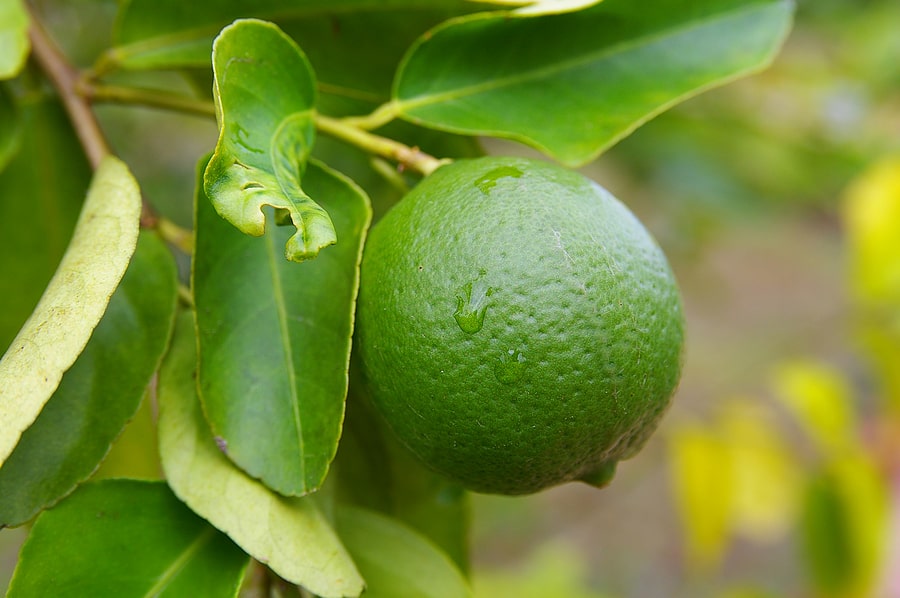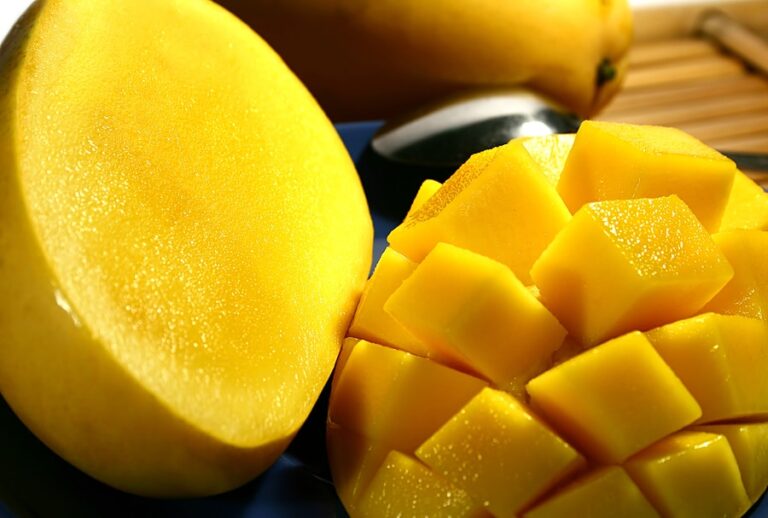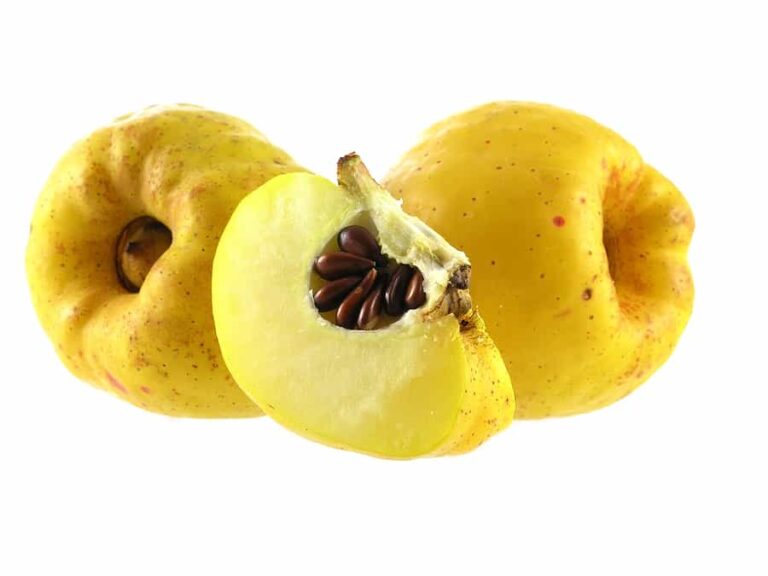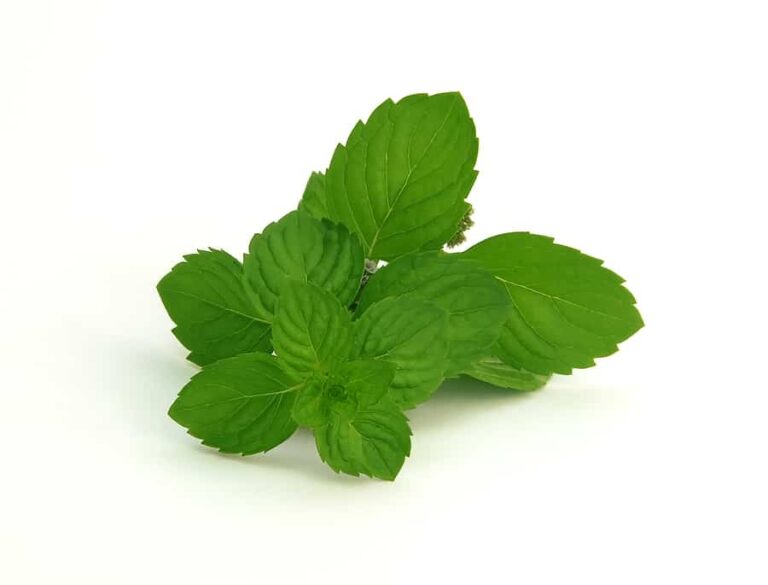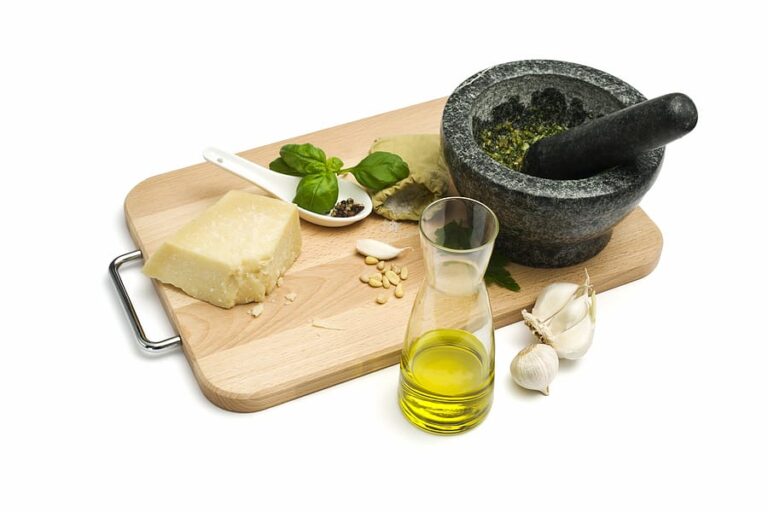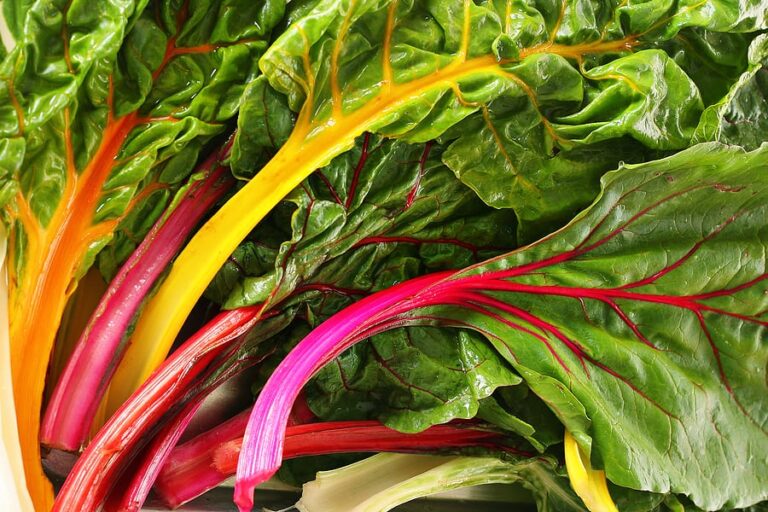Ways to Use Limes
Limes, lime juice, and lime peels can be used in marmalade, jam, sorbet, chutney, pickles, salad dressing, and desserts. Limes can be important additions in sauces, fish and meat dishes, and punches and cocktails.
Lime juice in small amounts accentuates the flavor of other foods.
In any recipe that calls for a lemon, lime can be used instead. The only difference is that lime has one and a half times as much acid, weight for weight as a lemon.
Ways to use limes
Limes and lemons are interchangeable when it comes to culinary use.
When it comes to using limes in the kitchen or at the bar, they can be used either ripe or unripe. You won’t know the difference.
Limes, lime leaves, and peels can be used fresh or dried to add a musty, tangy or sour flavor to many different foods.
- Limes go well in main dishes such as soups, sauces, vinaigrettes, cake, ice cream, and sorbets. West Indian lime leaves are used in Asian cooking, curries, sambals, chicken soup, and fish dishes.
- Lime juice will “cook” and tenderize raw fish. The classic Peruvian dish seviche is made of raw fish marinated in lime juice. Lime juice is also used in the preparation of tartare.
- Lime juice will enhance the flavor of low-acid tropical fruits such as avocados, mangos, and papayas.
- Lime zest can be used like lemon zest. Add lime zest to punches and tropical cocktails.
- Lime juice and zest can be frozen. Candied or dried lime zest should be kept in an airtight container in a cool, dry place.
Types of limes
The two best-known limes are the Persian lime, also called the Tahitian lime, and the West Indian lime, also called the Key lime.
Persian, Tahiti, or Bearss lime
Persian lime also called Tahiti lime or Bearss lime is a large, lemon-sized lime that is actually a hybrid between a West Indian or Key lime (see below) and a citron.
The Persian lime has an acid lemon-lime flavor, but is less acidic than the West Indian lime. The Persian lime is somewhat egg-shaped and has a thin to thick, glossy, medium green to yellow colored rind which turns pale yellow if the fruit ripens on the tree. The flesh is seedless, pale greenish yellow, very juicy, but not intensely fragrant.
The Persian lime originated somewhere in Southeastern Asia and traveled west to the Mediterranean region through Persia, modern-day Iran. It reached Brazil via Portuguese traders and later traveled on to Australia, Tahiti, and California (where it is called the Bearss lime).
The Persian lime is harvested in the summer in hot regions and year-round in milder regions with the main crop coming from winter to late spring.
West Indiam lime
West Indian lime—also called the Mexican lime or Key lime and also called the bartender’s lime or true lime–is a small, round lime with a strong and complex sour-acidic flavor.
The West Indian lime has a thin, leathery, medium-green to yellow-orange colored skin at maturity. The flesh is yellowish-green and can be seedy.
This lime is very juicy, as much as 40 percent of the fruit. This is a very acidic, tart lime with a complex, spicy aroma. Some consider this the most flavorful of limes.
The West Indian lime bears year round with the heaviest harvest from early summer through early winter. It is often picked when green even though it is not fully ripe until it turns yellow, but the flavor is the same green or yellow.
Palestine Sweet, also called Indian sweet lime, is the same size as the Persian lime and has a thin skin that turns from green to orange-yellow when ripening. The flesh is very yellow and very juicy but lacks the acid and bite of other limes and, for that reason, is sometimes called a ‘sweet’ lime.
The Palestine Sweet lime is popular in Middle Eastern, Indian, and Latin American cooking. This lime ripens in fall and winter.
Kieffer lime
Kieffer lime also called Kaffir lime, Kuffre lime or Makrut lime is a small round lime with a dark bumpy green skin and a sour, light green flesh. The Makrut lime has almost no juice. Its fresh and dried leaves and rind are used in cooking, particularly in spicy dishes in Thailand, Malaysia, and Singapore.
This lime has distinctive leaves with a winged leaf stalk that is the same size as the leaf blade itself. The Kieffer lime is harvested in the spring.
Rangpur lime
Rangpur lime is not a true lime but a sour-acid mandarin. The Rangpur lime has a medium-sized rounded fruit that peels easily like a mandarin. It has a deep orange, seedy flesh. Its juicy, acidic flesh has the characteristics of true lime and sour orange.
The Rangpur does not taste like lime, but its acidic juice can be substituted for lime juice. The Rangpur is ever-bearing in mild climates.

Lime harvest
You may think limes are always green—“lime green”, but they will ripen to orange and then yellow if left on the tree. The reason many growers harvest limes at the green stage is simply so they won’t be confused with lemons.
Persian limes are available year-round. The peak season for West Indian limes is summer.
How to choose limes
Select limes that are firm, plump, and heavy for their size. The skin should be smooth and slightly glossy. Avoid dull-colored, overly soft, or dried-out fruit. Avoid limes with hard or shriveled skin.
The color of the Persian lime should be medium to dark green. The West Indian lime should be pale green or yellow.
Small brown-colored patches on the skin of the Persian lime will not affect its flavor, but avoid West Indian limes that have blotchy brown spots.
How to store limes
Limes will keep at room temperature for about a week. Persian limes will keep in the refrigerator in a plastic bag for up to 20 days. West Indian limes will keep in the refrigerator for up to 5 days.
Exposed to bright light, limes will yellow and lose their acid taste.
Lime flavor partners
Limes have a flavor affinity for banana, basil, cashews, chicken, chilies, cilantro, coconut, fish, jicama, lychee, mine, passion fruit, pineapple, pork, seafood, tequila, and tomato.
Lime nutrition
Limes are high in vitamin C and supply potassium, traces of iron, folic acid, and calcium.
About limes
The lime tree is an evergreen that can grow from 10 to 16 feet (3-5 m) tall.
Limes are the major acid fruit grown in the tropics. Lemons are the major acid fruit grown in the subtropics.
This lime originated in Malaysia. The name West Indian lime, Mexican lime, and Key lime (as in Florida Keys) reflect the regions where this lime has enjoyed wide cultivation.
Limes are a basic cooking ingredient in the tropical regions of Latin America, the West Indies, Africa, India, Southwest Asia, and the Pacific Islands.
Limes are believed to have originated in Malaysia. The first reference to limes was in an Indian medical text from about 100 AD. The word lime is derived from the Arabic and Persian words laimūn and līmūn, interchangeable references to lemon and lime.
Limes were taken to Europe by the crusaders in the thirteenth century where they were cultivated in Italy and Spain. Limes were introduced to the Americas by European explorers in the fourteenth century where they thrived in the tropical regions of the West Indies and Central America.
Today limes are widely grown in Mexico, the West Indies, the United States, India, Spain, and Italy. Under the right conditions, limes can flower and bear fruit year-round.
The botanical name for the West Indian lime is Citrus aurantifolia; for the Persian lime C. x latifolia; for the the makrut lime C. hystrix; for the Palestine or Indian sweet lime C. limettodes.
Related articles:
Planning the Home Fruit Garden
Garden Planning Books at Amazon:
- Vegetable Garden Almanac & Planner
- Kitchen Garden Grower’s Guide Vegetable Encyclopedia
- Vegetable Garden Grower’s Guide
- Tomato Grower’s Answer Book
More kitchen tips:
Bring your harvest to the table. Kitchen prep tips and easy recipes for the vegetables you grow. Click below for vegetable prep and recipes you can use now.
- Almonds
- Apples
- Apricot
- Aprium
- Artichoke
- Arugula
- Asparagus
- Avocado
- Bamboo Shoots
- Banana
- Basil
- Beans, Dried
- Beans. Long
- Beans, Shell
- Beans, Snap
- Beets
- Bitter Melon
- Blackberry
- Bok Choy
- Broccoli
- Broccoli Raab
- Brussels Sprouts
- Cabbage
- Cardoon
- Carrots
- Cauliflower
- Celeriac
- Celery
- Chard
- Chayote Squash
- Cherimoya
- Cherries
- Chestnut
- Chickpea
- Chinese Cabbage
- Chives
- Cilantro
- Citron
- Clementine
- Collards
- Coriander
- Corn, Sweet
- Corn, Baby
- Corn Salad, Mache
- Cranberry
- Cress
- Cucumber
- Daikon
- Dandelion
- Dill
- Eggplant
- Endive, Belgian
- Endive and Escarole
- Fava Beans
- Fig
- Florence Fennel
- Garlic
- Ginger
- Grapefruit
- Grapes
- Guava
- Horseradish
- Jerusalem Artichoke
- Jicama
- Jujube
- Kale
- Kiwifruit
- Kohlrabi
- Kumquat
- Leeks
- Lemongrass
- Lemons
- Lettuce
- Lime
- Mache (Corn Salad)
- Mandarin Orange
- Mango
- Maple Syrup
- Marjoram
- Melons
- Michihili
- Mint
- Mizuna
- Mushrooms
- Mushrooms, Cremini
- Mustard Greens
- Napa Cabbage
- Nectarine
- Okra
- Olives
- Olive oil
- Onions
- Oranges
- Oregano
- Parsley
- Parsley Root
- Parsnips
- Passion Fruit
- Pawpaw
- Peaches
- Pears
- Peas, Garden Snap
- Peas, Snow
- Pei Tsai
- Peppers, Chili
- Peppers, Sweet
- Persimmon
- Pineapple
- Pineapple Guava
- Plantain
- Plums
- Pluots
- Pomegranate
- Potatoes
- Prickly Pear
- Pumpkin
- Quince
- Radicchio
- Radishes
- Raspberries
- Rosemary
- Rhubarb
- Rutabaga
- Sage
- Salsify
- Sauerkraut
- Savory
- Shallots
- Sorrel
- Spinach
- Squash, Summer
- Squash, Winter
- Strawberries
- Sunchokes
- Sunflower
- Sweet Potato
- Swiss Chard
- Tangerine
- Taro
- Tarragon
- Thyme
- Tomatillo
- Tomato
- Turnip
- Turnip Greens
- Yams

